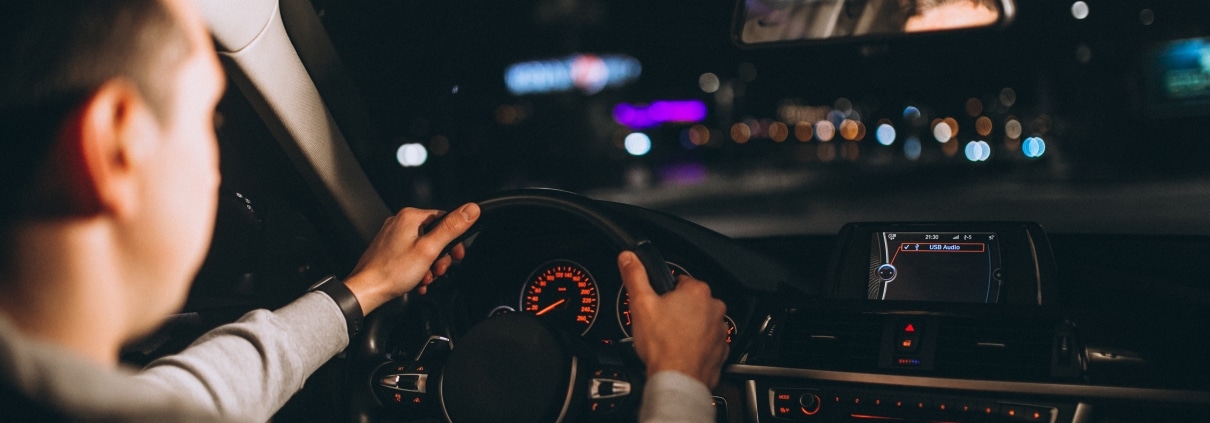Can I Drive at Night With Low Vision?
Low vision is a common problem that affects millions of people around the world. Living with low vision is possible, but when it comes to driving, taking certain precautions is necessary for safety. Your eyesight should meet a certain standard for safe driving. You should be able to read all the road signs and see pedestrians as you drive during the night. Here are some of the measures you can take to drive safely at night if you have low vision problems:
Avoid Staring at Oncoming Lights
Looking at light sources directly is a major concern while driving at night, especially if you have low vision. Staring at the lights causes the contraction of the pupils, making it hard for drivers to see in the dark. The phenomenon is known as bleaching of the retina. It results in a decreased sensitivity to light. Therefore, ensure you shift your gaze to avoid being blinded by oncoming headlights. Additionally, make sure you aim the exterior mirrors to enable you to move the head away from the light reflected in them.
Wear Specially-Tinted Glasses
If you have low vision, you will experience reduced sensitivity, making it hard to separate objects from a background. As a result, it may be harder for you to see some road signs. Some eyecare professionals may recommend wearing specially-tinted glasses, which help to avoid contrast issues.
Ask Someone to Drive You
One of the things you can do to ensure you are safe is by simply asking a friend or family member with better eyesight to drive. You can inform them in advance so that they can include that in their plans so that neither of you is inconvenient.
Approach Roadblocks With Caution
As a person with low vision, it may be harder for you to spot roadblocks. Ensure you always drive at the set speed limits and be especially careful when you encounter road construction areas.
If you have suspect that you have low vision, please contact The Low Vision Centers of North Carolina to book an appointment with one of our eyecare professionals.



